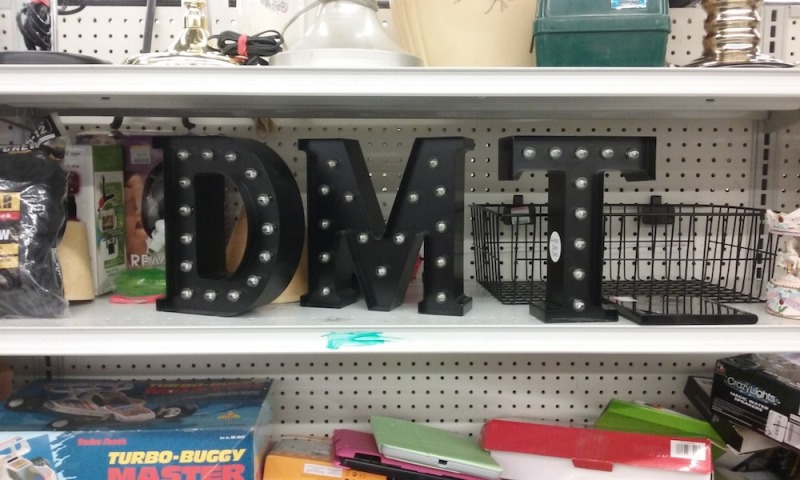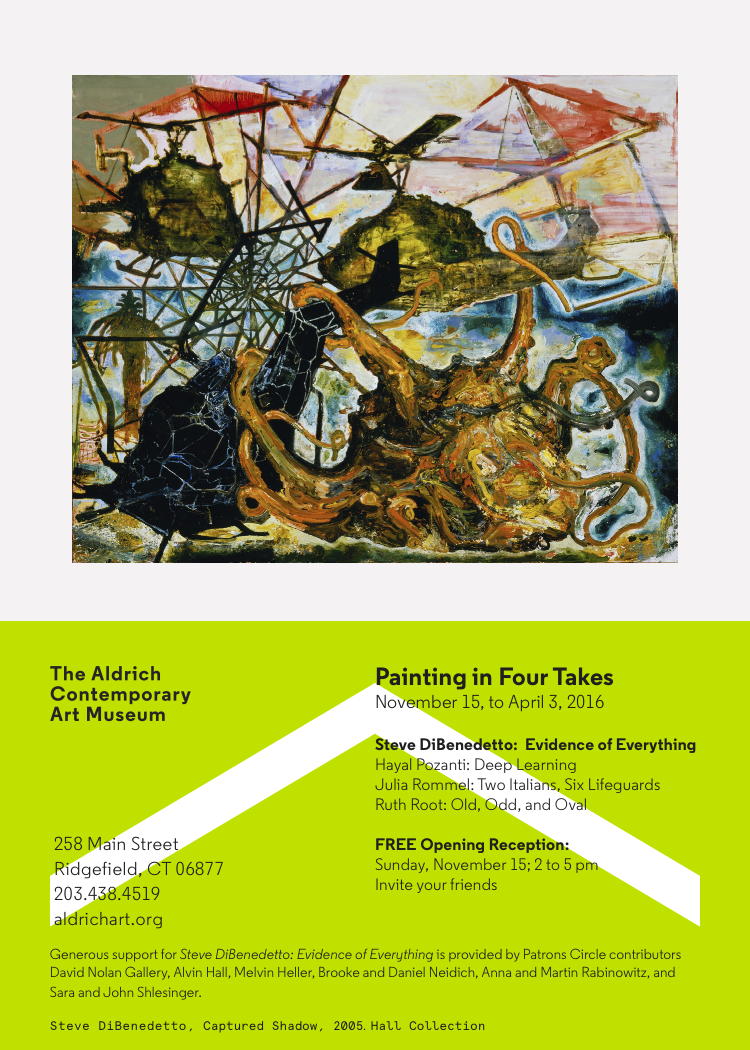...more recent posts
RIP Paul Laffoley
Attentive viewers of Jackson Pollock’s Number 27, 1950 (figs. 1-2), will notice a blue thread running almost parallel to the right framing edge until it meets the edge about half way up the picture. It then very closely tacks the corner fold of the canvas without ever quite disappearing from view over the tacking margin. Such blue selvage threads—which indicate the upper and lower limits of a bolt of canvas, while protecting it against fraying—are sometimes noticeable in other paintings by Pollock, especially along the top and bottom edges of his classic 1950 drip, pour, and spatter paintings, which utilize the full vertical dimension of a standard nine foot bolt of canvas and extend laterally to over seventeen feet. Number 27, 1950 is four by nine feet, which orients the threads to the left and right edges, rather than to the top and bottom. In addition to being differently placed in relation to the pictorial field, the thread in Number 27, 1950 appears to be more conspicuous here than in the larger works. It is not that it is conspicuously used as an element in the overall composition: standing a few feet away, the thread is difficult to see. Rather, at close range it seems meant to indicate the edge as a limit beyond which the representation cannot, literally, extend. Obviously, the material surface of the canvas is framed by actual limits, as all painted surfaces ultimately are. The object, Pollock reminds us, has a frame. But the artist’s inclusion of the thread seems to acknowledge this fact in a pointed way. In calling our attention to the actual frame by matching its edge so precisely with a common manufacturing detail—yet one which also slips under the painted skeins it abuts—I’d like to suggest that Pollock encourages us to imagine another kind of frame. That “frame” is of a pictorial (as opposed to literal) nature. Its “limits” should be thought of a qualitatively different from those of the actual material because, unlike physical limits, they do not first operate as constraints. The apparent limits of Pollock’s pictorial fields do not necessarily, and indeed rarely do, coincide with his paintings’ actual limits.1 Those apparent limits—which have an important role in establishing what I’ll later call the format of the picture—are generated by the activity of painting itself, and thus emerge as a result of artist’s expressive purposes. The selvage thread helps mark the difference between the two different kinds of frames, and the limits they imply.2
Guston talking
Smith’s large photographic images of places devoid of human presence are mounted on a stiff support and mercifully left unprotected by reflective glass. More like a painting than a photograph, they hover just a bit off the white walls of the gallery. Their delicate surfaces, which resemble paintings in scale, are left exposed, and this adds much to the aching feelings engendered by them. Through this exposure, they invite a search for a “pure” opticality, an issue essential to formalist minimal painting back in the 1970s.
The Roots of Radical Art at University of California, Irvine
"Created in 1965, in politically conservative Orange County, the University of California, Irvine's art department rapidly became a daunting force in the advancement of radical performance and conceptual art."

